A Product Owner who owns the product on behalf of the company is a part of a Scrum team. However, a product owner has no authority over other members of the team, same as the Scrum Master. A Product Owner is responsible for looking after a product for an extended period of time and is accountable for achieving product success. As the product owner, you should directly interact with the customers and users, the development team, and other key stakeholders, as the picture below shows.
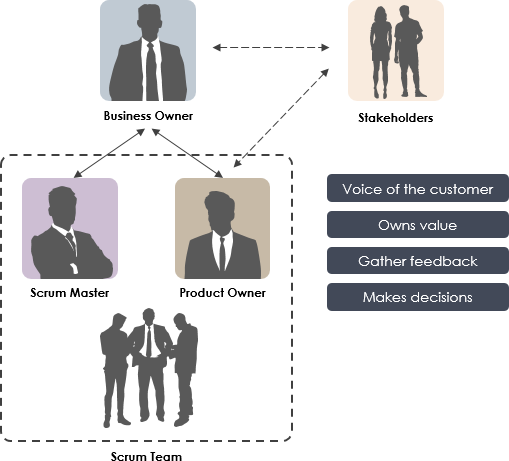
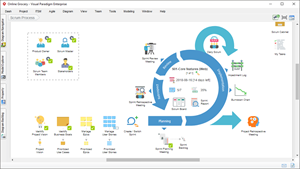
Best Scrum Software Every Project Needs
A powerful scrum software that supports scrum project management. It features scrum tools like user story map, product backlog management, sprint backlog management, task management, daily scrum meeting, sprint planning tool, sprint review tool, sprint retrospective tool, burndown, impediment, stakeholder and team management.
The Product Owner have a vitally important decision making role to play though since they are the main link between the Scrum team and the customer. Thus, the Product Owner should be able to communicate effectively with stakeholders to lead the team’s discovery of the product and gather requirements.
Where the Product Owner can be thought of as owning value on behalf of the organization and the stakeholders, and the Scrum Master owns the process on behalf of the development team.
The Product Owner is responsible for managing the Product Backlog by communicating the product vision with the Scrum team. The Product Owner not only decides what goes into the Product Backlog but also decides on the priority of each item as shown in the Figure below.
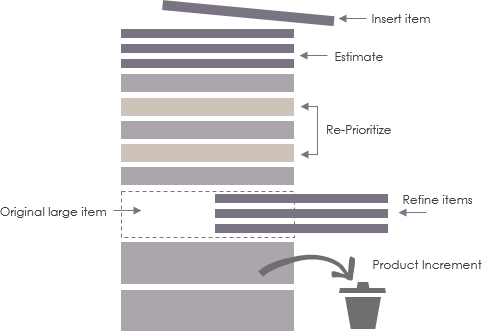
As mentioned above, a product owner is responsible for Product Backlog Management, in order to maximize the value of the Product. The Product Backlog is the single source of truth which contains all the tasks to be done on the Product. As a Product Owner, you will have to make some choices about what to build first and what to build later. A product owner also decide on what to build and what not to build by adding or removing items from the backlog from time to time and this process also called backlog refinement; it can either be a meeting, or most often, it is an on-going process or activity for grooming the product backlog readily for Sprint Planning Meeting.
The backlog refinement process is a kind of pre-sprint planning process for helping the Scrum Master to perform the coming sprint planning meeting with the team much more effectively:
The Product Owner must also ensure that the stories in the Product Backlog are presented in sufficient detail that they’re thoroughly understood by the team. This ensures that the team can plan sprints effectively and also that they know what needs to be done to complete each story.
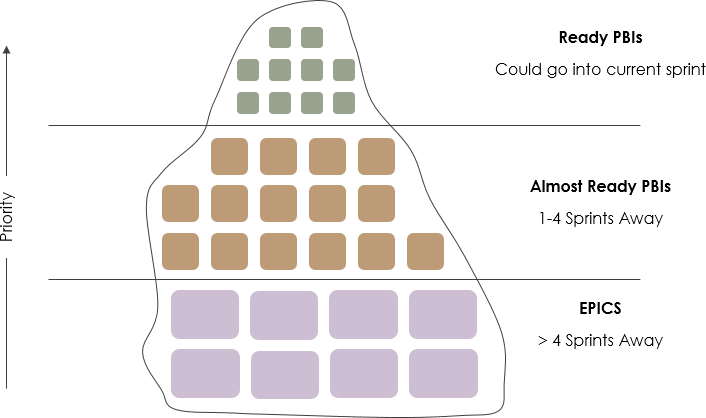
This is particularly true during Backlog Refinement where the Scrum team discuss the items at the top of the Product Backlog (i.e. those which are waiting to make it into the next sprint).
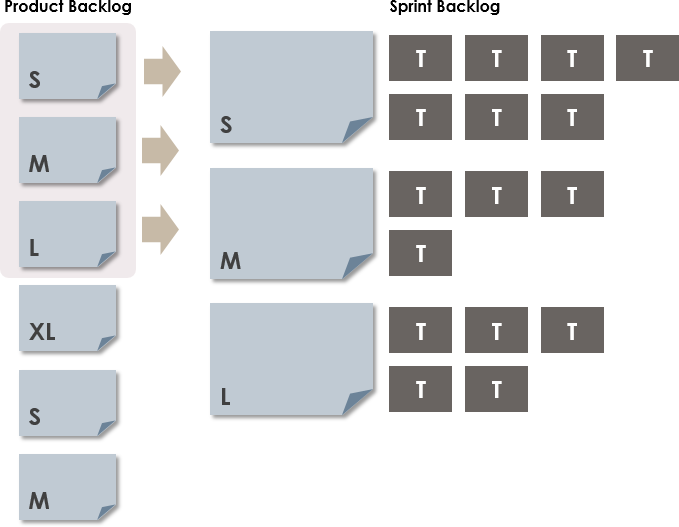
| About Visual Paradigm |
 Visual Paradigm help organizations stay competitive and responsive to change faster and better in today’s fast changing environment. Our award-winning products are trusted by over 320,000 users in companies ranging from small business, consultants, to blue chip organizations, universities and government units across the globe. It enables organizations to improve business and IT agility and foster innovation through popular open standards and process frameworks.Visual Paradigm, a killer Agile feature in 2018, introduced Scrum Process Canvas for automating the way a Scrum team to create, manage and deploy software application that empowers the team to continuously improve their performance at unprecedented speed and scale. Visual Paradigm help organizations stay competitive and responsive to change faster and better in today’s fast changing environment. Our award-winning products are trusted by over 320,000 users in companies ranging from small business, consultants, to blue chip organizations, universities and government units across the globe. It enables organizations to improve business and IT agility and foster innovation through popular open standards and process frameworks.Visual Paradigm, a killer Agile feature in 2018, introduced Scrum Process Canvas for automating the way a Scrum team to create, manage and deploy software application that empowers the team to continuously improve their performance at unprecedented speed and scale.
Manage the Entire Scrum Process in One Page
|